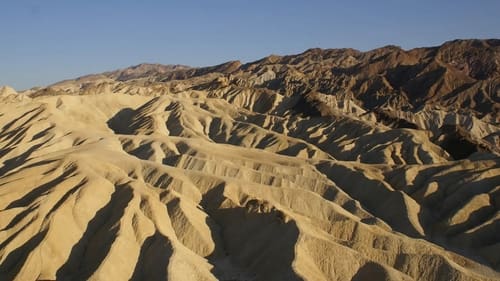 8.7/1024 votesLoading...
8.7/1024 votesLoading...#1 - Death Valley
Season 2 Episode 9 - Aired 1/26/2010
A look at the geologic treasure trove of Death Valley; how one of the hottest places on Earth holds evidence for the coldest times on our planet; and how the valley, already well below sea level, is still sinking lower into the Earth.
Director: N/A
Writer: N/A
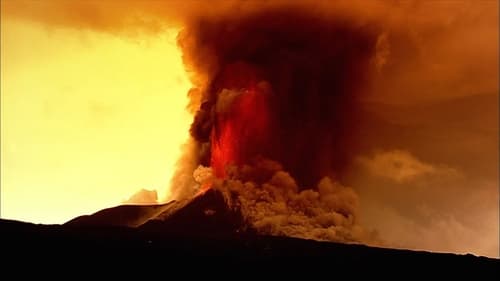 8.6/1026 votesLoading...
8.6/1026 votesLoading...#2 - Iceland
Season 1 Episode 11 - Aired 4/28/2009
It is the largest and most fearsome volcanic island on the planet. We'll scour the island for clues, to address the mystery of what powerful forces are ripping Iceland apart and lighting its fiery volcanoes. Here, lava rips huge tears in the ground and new islands are born from the waves. Yet despite the active volcanoes, Iceland historically has been covered in and carved by ice. Fire and ice collide, locked in a titanic battle, as glaciers explode and cataclysmic floods decimate the landscape. But Iceland's volcanoes have had ramifications far beyond the shores of Iceland, causing climatic chaos and devastation across the planet; a fate which may one day happen again.
Director: N/A
Writer: N/A
 8.6/1024 votesLoading...
8.6/1024 votesLoading...#3 - America's Ice Age
Season 2 Episode 12 - Aired 2/16/2010
A look at past Ice Age eras that Earth has experienced throughout its existence; how the slightest changes in the planet's orbit and angle of rotation can bring them about; how long they can last, and when the Earth will endure another.
Director: N/A
Writer: N/A
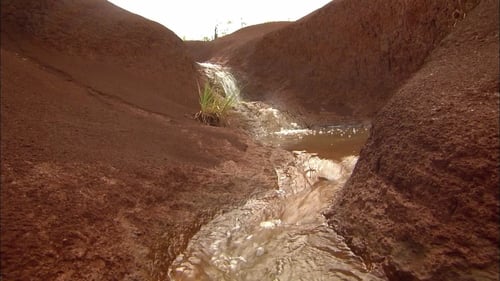 8.5/1027 votesLoading...
8.5/1027 votesLoading...#4 - Hawaii
Season 1 Episode 12 - Aired 5/5/2009
The Hawaiian Islands are the most remote island chain on the planet. Emerging in the center of the Pacific, their origins have remained a puzzle for generations. Follow the story of the attempts to try and understand these beautiful, yet violent islands. It is a story of raging volcanoes, vast landslides, mega-tsunamis and strange forces emerging from the bowels of the planet. It reveals that Hawaii's Big Island is over 25 times bigger than Mt. Everest, that the entire Island chain is disappearing faster than any other land mass on Earth, and that volcanoes here might hold essential clues as to the inner workings of our planet.
Director: N/A
Writer: N/A
 8.5/1026 votesLoading...
8.5/1026 votesLoading...#5 - The Rockies
Season 2 Episode 6 - Aired 12/22/2009
From Alaska to New Mexico, the Rockies are one of the great mountain belts of the world--caused by tectonic forces of the Pacific Plate pushing against the North American continent. They have formed as the earth's continental crust has been shortened under pressure--by around 1 inch a year. What's more, they are still rising and they are still young in geologic terms: when the dinosaurs roamed the Earth they had not even started to form.
Director: N/A
Writer: N/A
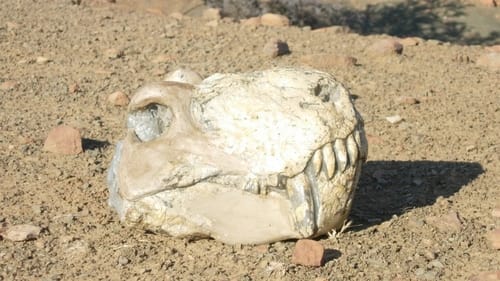 8.5/1034 votesLoading...
8.5/1034 votesLoading...#6 - Earth's Deadliest Eruption
Season 2 Episode 11 - Aired 2/9/2010
A look back 250 million years ago when a massive volcanic eruption, (in what is now Siberia), spewed lava one mile thick over an area the size of Texas and caused intense climatic change that killed 95% of the life on the planet; paving the way for the next dominant species – the dinosaurs.
Director: N/A
Writer: N/A
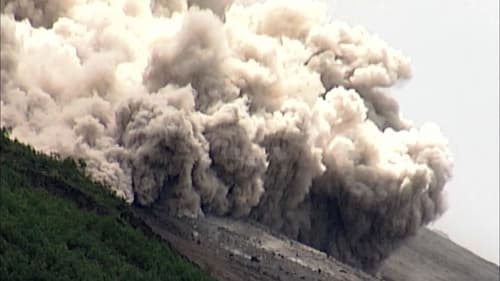 8.4/1037 votesLoading...
8.4/1037 votesLoading...#7 - Krakatoa
Season 1 Episode 3 - Aired 2/24/2009
On August 27th, 1883 a series of blasts on the island of Krakatoa culminated in a colossal explosion that blew the island apart in one of the largest eruptions in recorded history. We explore the underground forces that led to this extraordinary explosion that killed over 36,000 people and the devastation that it caused. But this is not just history because Anak Krakatoa (the Son of Krakatoa) is growing bigger and bigger and will blow again
Director: N/A
Writer: N/A
 8.4/1035 votesLoading...
8.4/1035 votesLoading...#8 - Great Lakes
Season 1 Episode 7 - Aired 3/24/2009
Scientists seek clues to the formation of North America's Great Lakes, the largest expanse of fresh water on the planet; delving into an underground salt mine; investigating a fossilized coral reef; diving to the bottom of Lake Superior.
Director: N/A
Writer: N/A
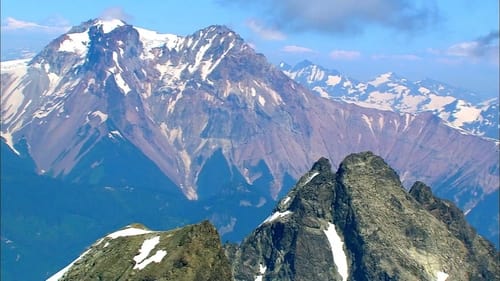 8.4/1024 votesLoading...
8.4/1024 votesLoading...#9 - Yosemite
Season 2 Episode 5 - Aired 12/22/2009
The Sierra Nevada, North America's highest mountain range, contains one of the most awe-inspiring geological features on the planet: Yosemite Valley. Walled by sheer 3,000-foot granite cliffs and made from one of the toughest rocks on earth, it is home to the mighty El Capitan and iconic Half Dome. Yet how this extraordinary valley formed has been the subject of controversy for over 100 years. Was it carved by gigantic glaciers or a cataclysmic rifting of the Earth?
Director: N/A
Writer: N/A
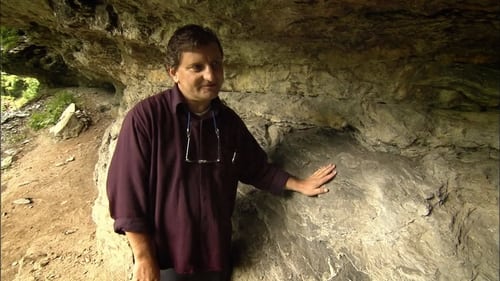 8.3/1023 votesLoading...
8.3/1023 votesLoading...#10 - The Alps
Season 1 Episode 13 - Aired 5/12/2009
The jagged backbone of Europe, spanning seven countries and providing essential water to millions, the Alps are Europe's most important landmark. But how did marine fossils get here, seven thousand feet above sea level?
Director: N/A
Writer: N/A
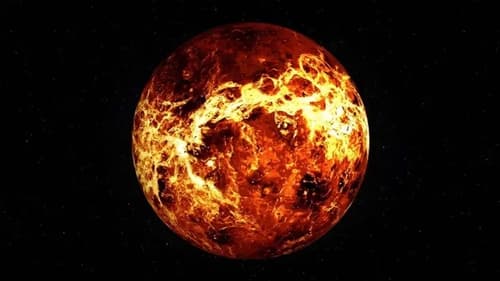 8.3/1030 votesLoading...
8.3/1030 votesLoading...#11 - Birth of the Earth
Season 2 Episode 3 - Aired 12/8/2009
The creation of the Earth is explored. Included: a study of the planet's oldest rocks and meteorites to see what they reveal about the birth of the Earth and its continued existence after it was first formed.
Director: N/A
Writer: N/A
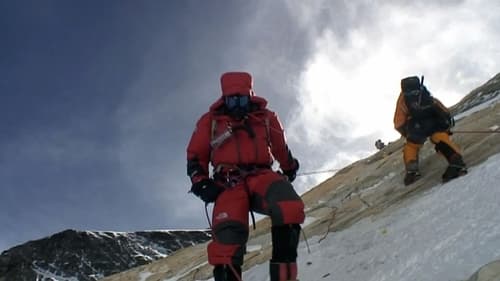 8.3/1031 votesLoading...
8.3/1031 votesLoading...#12 - Everest
Season 2 Episode 8 - Aired 1/19/2010
It is the tallest and biggest mountain on earth, as far removed from sea level as it's possible to be--and yet its sedimentary layers contain fossils that were once creatures that lived on the ocean seabed. The Himalayas formed when India smashed into Asia--propelled by plate tectonics. Everest is still rising but its height is limited--extreme erosion counteracts and limits the amount of uplift.
Director: N/A
Writer: N/A
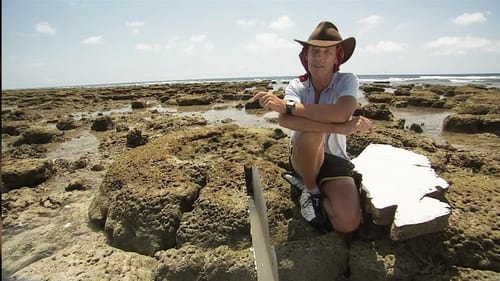 8.2/1025 votesLoading...
8.2/1025 votesLoading...#13 - Tsunami
Season 1 Episode 9 - Aired 4/7/2009
Tsunamis are one of the most terrifying forces of nature, destroying all in their path. The December 26th Tsunami is estimated to have released the energy of 23,000 Hiroshima-type atomic bombs. What are the enormous forces that generate these catastrophic waves deep on the ocean floor? With 50% of the world's population living within a mile of the sea, this episode looks at what could happen in the future. East coast cities from New York to Miami face the threat of a truly colossal wave that could be generated by the collapse of an active volcano off the coast of Africa.
Director: N/A
Writer: N/A
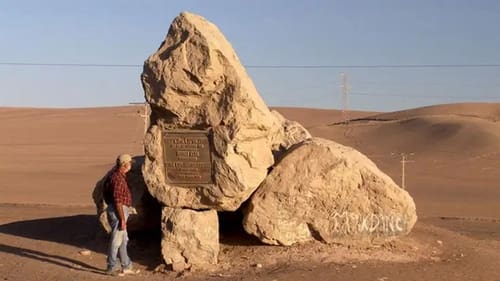 8.1/1034 votesLoading...
8.1/1034 votesLoading...#14 - Driest Place on Earth
Season 1 Episode 6 - Aired 3/17/2009
The Atacama desert is considered the driest place on Earth. Since human records of the area began, some places have never received rain. But the records don't stop there--the Atacama is also the oldest desert in the world, and recently it has been dated to an amazing 150 million years old. Other research shows that the surface of this desert is also incredibly ancient, with boulders lying there that have not moved for over 23 million years--more than 50 times longer than it's taken for our human species to evolve. The soil is so dry, it has been used as a test bed for the Mars rovers. And though the desert was once thought to be completely lifeless, strange bacteria discovered there have given scientists new hope that they might find life on the red planet. Atacama is also home to the largest copper mine in the world. Inspect the riddle of the Atacama and uncover how this extraordinarily dry landscape was created.
Director: N/A
Writer: N/A
 8.1/1032 votesLoading...
8.1/1032 votesLoading...#15 - Yellowstone
Season 1 Episode 8 - Aired 3/31/2009
Geologists evaluate Yellowstone National Park, one of the most dangerous geological features on Earth; the park is hit by 500 earthquakes in early 2009, raising concerns a super-volcano is beginning to stir.
Director: N/A
Writer: N/A
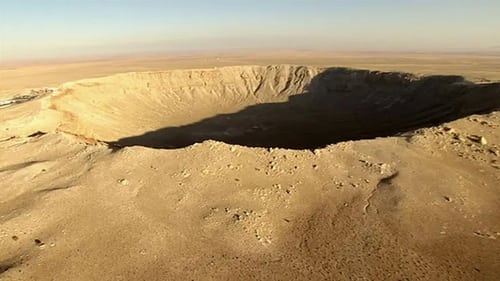 8.1/1027 votesLoading...
8.1/1027 votesLoading...#16 - Asteroids
Season 1 Episode 10 - Aired 4/21/2009
Asteroids might provide clues about the formation of early Earth; detective work uncovers that a big nickel deposit in Canada, vast oil reserves in the Gulf of Mexico and a gold mine in South Africa all resulted from asteroid impacts.
Director: N/A
Writer: N/A
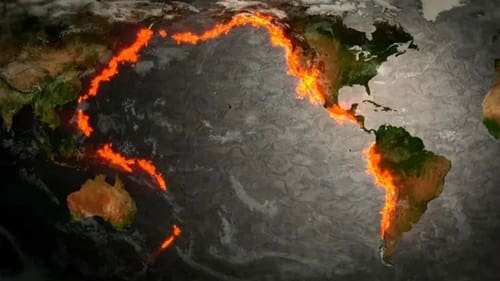 8.1/1026 votesLoading...
8.1/1026 votesLoading...#17 - Ring of Fire
Season 2 Episode 7 - Aired 1/12/2010
The single longest linear feature on Earth--the "Ring of Fire" circles almost the entire Pacific. It is a ring of active volcanoes from White Island just north of New Zealand, through the South China seas, Japan, Kamchatka, the Aleutians, the Cascades and down through the Andes. Almost 25,000 miles long, it is one of the most awesome sights on Earth.
Director: N/A
Writer: N/A
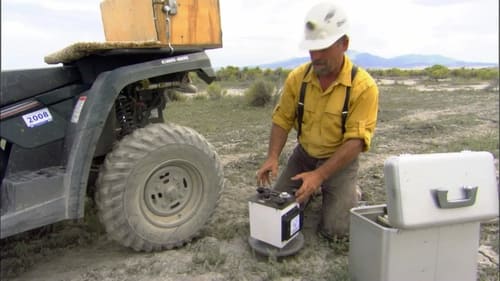 8.1/1025 votesLoading...
8.1/1025 votesLoading...#18 - America's Gold
Season 2 Episode 13 - Aired 3/2/2010
In the deserts of Nevada, research analysts will examine sedimentary rocks, which have built up over many years, to reveal how extracting several layers of rocks can lead to the discovery of gold residing deep below the surface.
Director: N/A
Writer: N/A
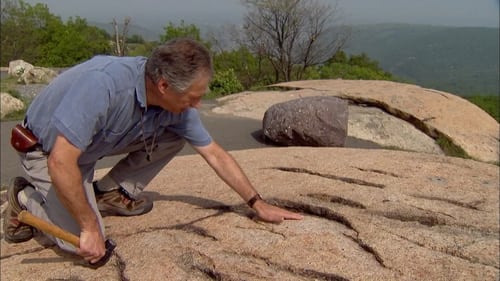 8.0/1026 votesLoading...
8.0/1026 votesLoading...#19 - New York
Season 1 Episode 5 - Aired 3/10/2009
It is one of the most man-made spaces on the planet, but everything in New York from the height of the skyscrapers to the way the subway was constructed to the position of the harbor is governed by the extraordinary forces that ultimately shaped this city. You can tell the geology of Manhattan at a glance by looking at the skyline. The skyscrapers of Midtown and Downtown are built on hard granite; the low-rise buildings in between are built on a soft, gravelly soil left over from the Ice Age. Learn how New Jersey and North Africa were neighbors 250 million years ago, how the rocks New York are built on are the remains of mountains that 450 million years ago were as tall as the Himalayas, and how Long Island is covered in rubble that remained as ice sheets retreated 10,000 years ago.
Director: N/A
Writer: N/A
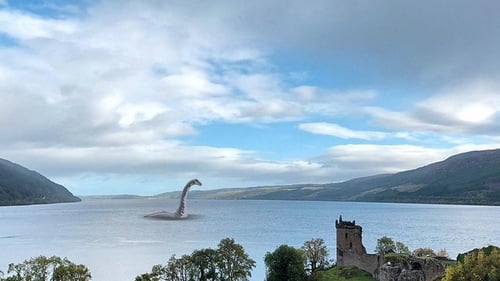 7.9/1032 votesLoading...
7.9/1032 votesLoading...#20 - Loch Ness
Season 1 Episode 4 - Aired 3/3/2009
Home to the legend of the Loch Ness Monster, this lake holds more water than any other lake in Britain. It's only 10,000 years old, but billions of years in the making. Trace the extraordinary story of Loch Ness: from the three billion year old bedrock of Northern Scotland, to the giant glaciers that carved out the Loch. On this incredible journey we reveal that Loch Ness was once part of America, giant dinosaurs, suspiciously similar to the fabled monster once roamed the area, and that the entire region was engulfed by huge volcanic eruptions as Scotland was ripped from its birth place on the American continent. Could the mythical Loch Ness monster be a descendant of the dinosaurs, somehow surviving in the murky waters of the loch
Director: N/A
Writer: N/A
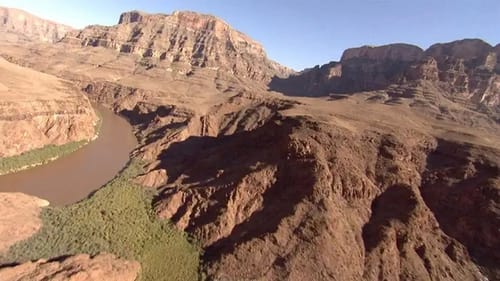 7.9/1032 votesLoading...
7.9/1032 votesLoading...#21 - Grand Canyon
Season 2 Episode 1 - Aired 11/24/2009
The Grand Canyon is nearly 300 miles long and over a mile deep. You could stack four Empire State buildings one on top of the other and they still wouldn't reach the lip of the Canyon. As vast tectonic plates clash and grind against one another a giant plateau has been pushed up over a mile in the air. The Colorado river, flowing from high in the Rockies and carrying a thick load of sediment, has carved an amazing canyon in the rising plateau.
Director: N/A
Writer: N/A
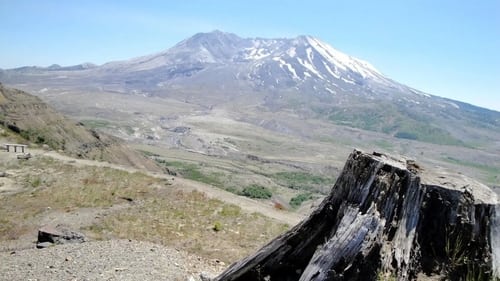 7.9/1025 votesLoading...
7.9/1025 votesLoading...#22 - Mt. St. Helens
Season 2 Episode 10 - Aired 2/2/2010
A look at the creation of the Mount St. Helens volcano in Washington state; its history of violent eruptions and the evidence another massive eruption could occur again in the near future.
Director: N/A
Writer: N/A
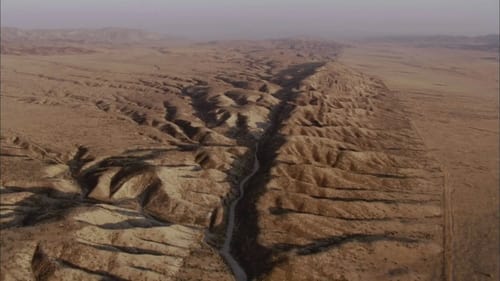 7.7/1043 votesLoading...
7.7/1043 votesLoading...#23 - San Andreas Fault
Season 1 Episode 1 - Aired 2/10/2009
The San Andreas Fault runs roughly 800 miles through some of the most valuable real estate in the world. The southern section hasn't had a significant quake for over 300 years and is now primed and ready for another "big one." This new series takes a trip along the most famous fault line in the world and examine the geology that gives it its immense destructive power. It's an investigation given new urgency by recent warnings from 300 of America's leading scientists about the death and devastation that a major earthquake on the fault could unleash on Los Angeles.
Director: N/A
Writer: N/A
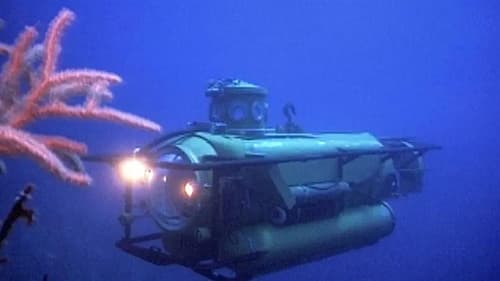 7.7/1044 votesLoading...
7.7/1044 votesLoading...#24 - The Deepest Place on Earth
Season 1 Episode 2 - Aired 2/17/2009
The Marianas Trench is the deepest place on earth, deeper than Mt. Everest is high. The trench is where the ocean floor disappears into the center of the earth. The pressures at this depth are 17 times greater than what it takes to crush a nuclear submarine. Only two men have ever been down the Trench, fewer than have set foot on the moon. Follow the daring missions into the abyss and explore the extraordinary geology that has created this deep scar along the ocean floor
Director: N/A
Writer: N/A
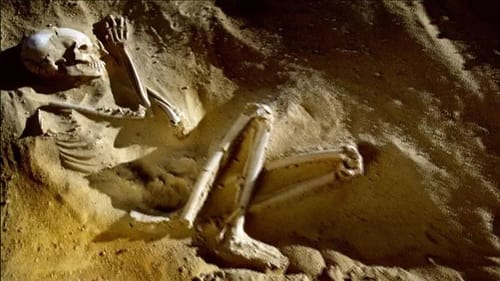 7.7/1036 votesLoading...
7.7/1036 votesLoading...#25 - Sahara
Season 2 Episode 4 - Aired 12/15/2009
Africa's Sahara Desert is the size of the United States, making it the largest desert in the world. It's also the hottest place on the planet. But now an astonishing series of geological discoveries has revealed this searing wasteland hides a dramatically different past. Scientists have unearthed the fossils of whales, freshwater shells and even ancient human settlements. All clues to a story that would alter the course of human evolution and culminate in biggest climate change event of the last 10,000 years.
Director: N/A
Writer: N/A
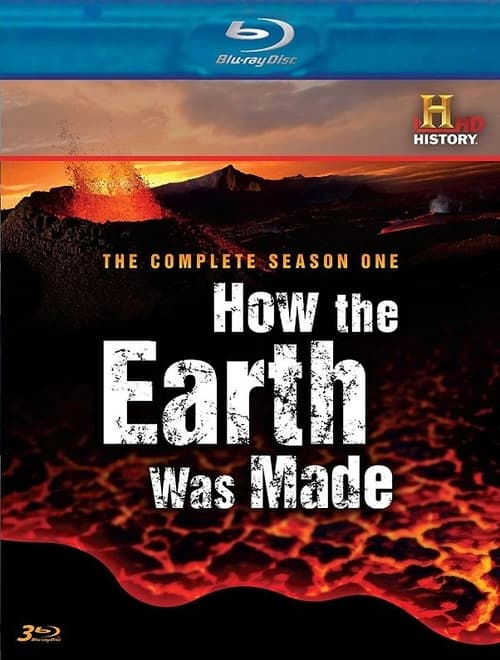
The Best Episodes of How the Earth Was Made
Every episode of How the Earth Was Made ranked from best to worst. Let's dive into the Best Episodes of How the Earth Was Made!
HISTORY goes to the ends of the earth to find where our world began. Forged from fire and ice, formed by floods, volcanoes, asteroids and...
Genre:Documentary
Network:History
Best Episodes Summary
"Death Valley" is the best rated episode of "How the Earth Was Made". It scored 8.7/10 based on 24 votes. Directed by N/A and written by N/A, it aired on 1/26/2010. This episode scored 0.1 points higher than the second highest rated, "Iceland".
